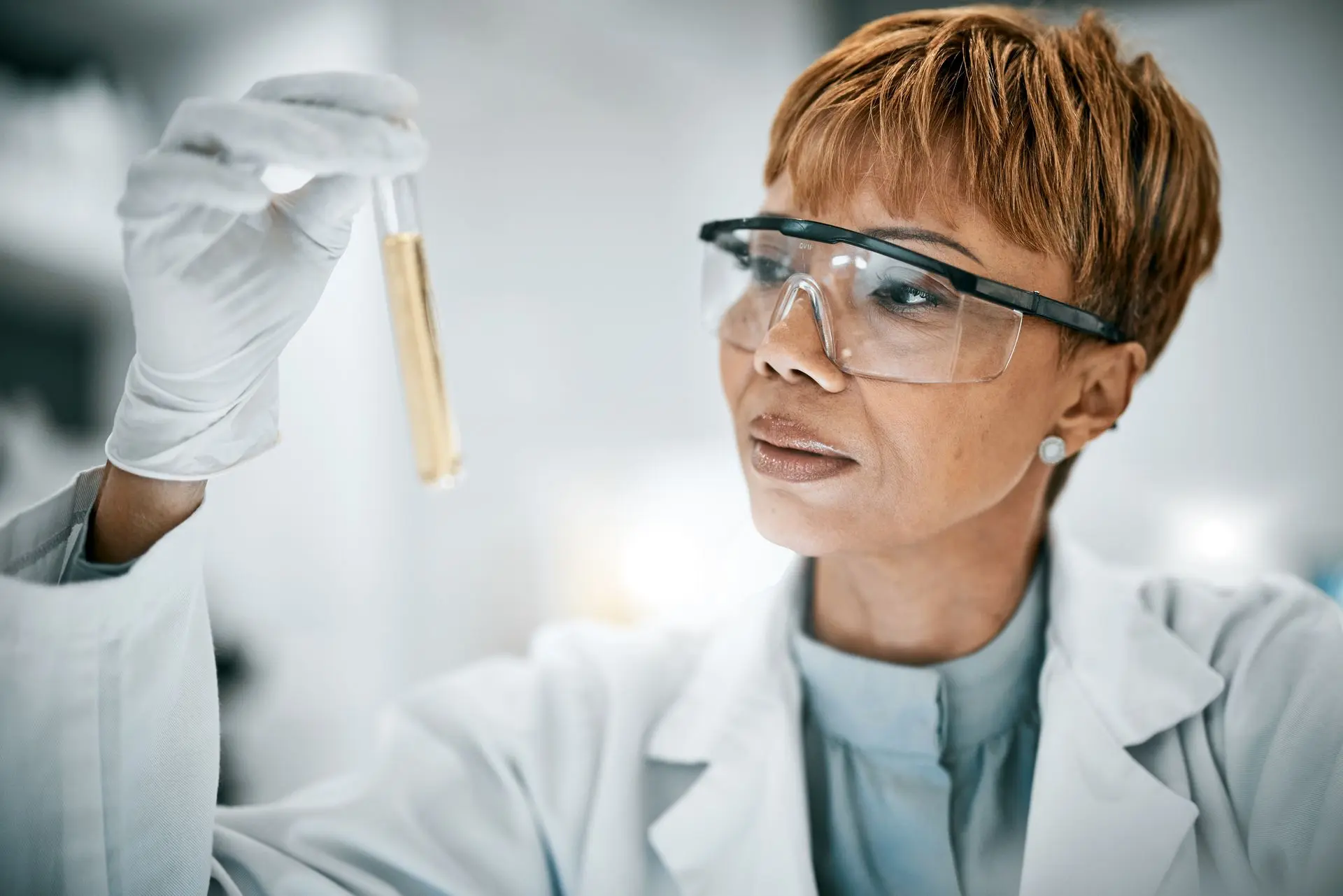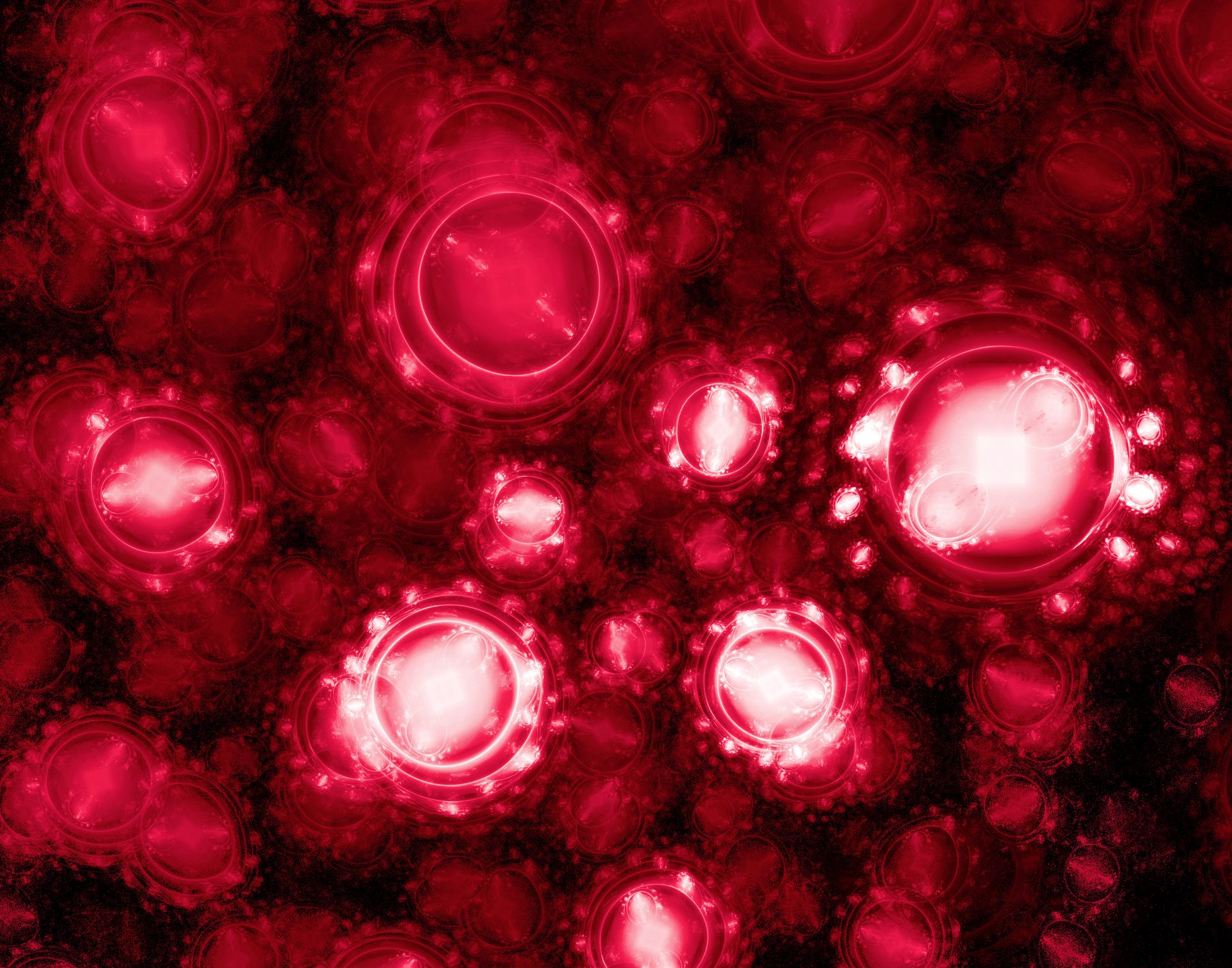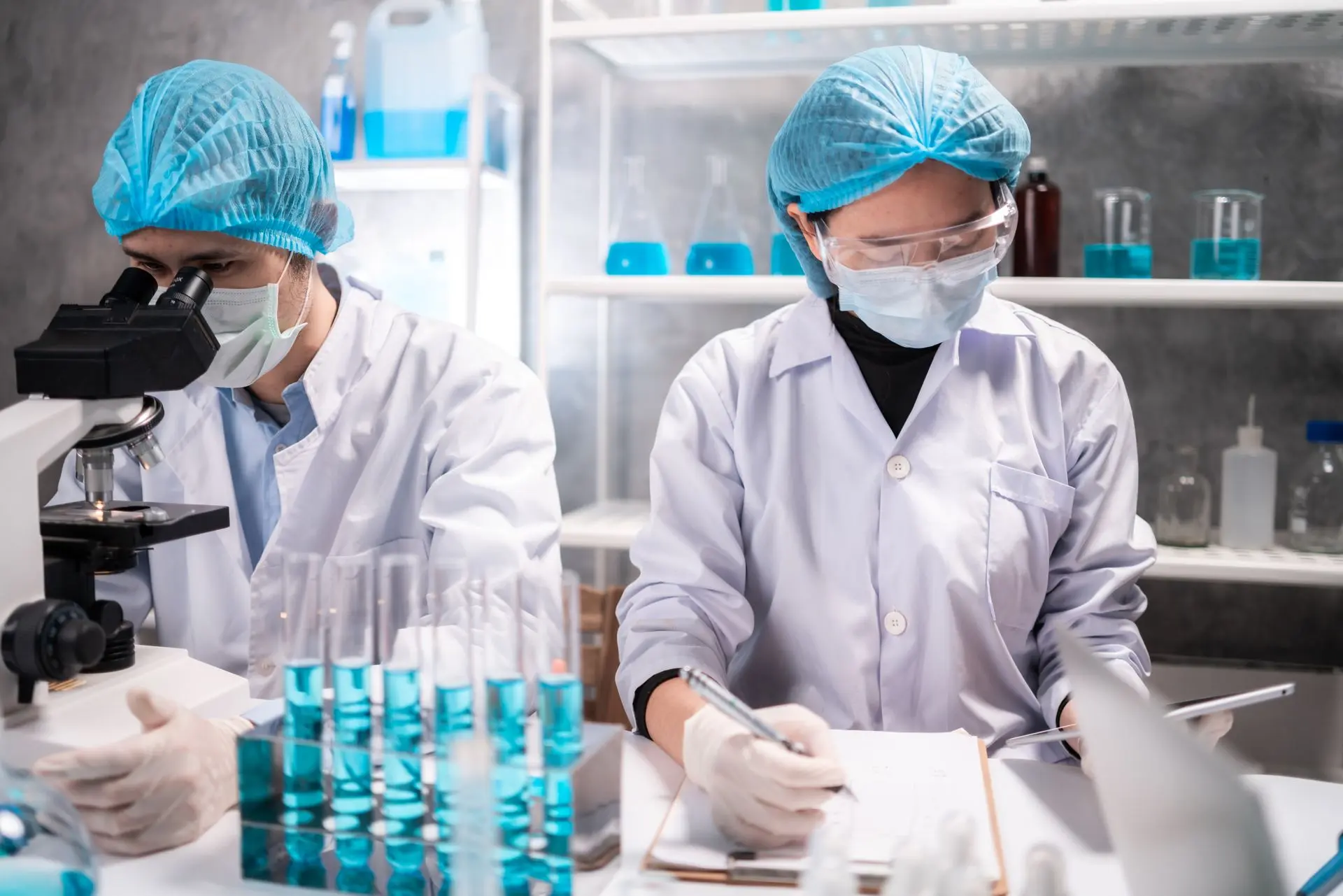The NABBA project is aimed to provide cutting edge and high medical and societal impact science for the multidisciplinary and intersectoral training of 13 ESRs. The ESRs will strongly benefit from a network of internationally recognized scientists in the field of nanobiotechnology, and the participation of companies with relevant interests in nanomedicine. The planned cooperation programmes between outstanding academic laboratories and Industries, will allow the circulation of ESRs and the opportunity for them to get acquainted with all the most sophisticated technological apparatus and with the most advanced Industrial manufacturing platforms and innovative strategies. These activities will represent attractive working conditions for the candidates of the NABBA program.
Innovation in nanomedicine, an outstream of nanobiotechnology, represents a strong opportunity for healthcare and for pharmaceutical industry. The introduction of new applications and technologies in the field of nanomedicine will be one of the major growth factors for the global nanomedicine market. According to a new market report published by Transparency Market Research "Nanomedicine Market (Neurology, Cardiovascular, Anti-inflammatory, Anti-infective, and Oncology Applications) - Global Industry Analysis, Size, Share, Growth, Trends and Forecast, 2013 - 2019, "the market for nanomedicine was valued at USD 78.54 billion in 2012 and is expected to reach a value of USD 177.60 billion in 2019, growing at a CAGR of 12.3% from 2013 to 2019”.In addition, increase of funding aimed at boosting the research activities pertaining to nanomedicine by the governments as well as private institutions will expedite the process of commercialization of new products and hence will drive the market. Other driving factors include rising base of geriatric population, presence of high unmet medical needs and worldwide increasing incidences of chronic diseases. The advent of new applications and technology in the field of nanomedicine will be one of the major growth factors for the global nanomedicine market.

The main limitation of traditional drugs to cross biological barriers lies in the fact that the pharmacologically active molecules must often be administered in large quantities in order to allow only for a small amount to reach the biological target. Only a limited number of currently available drugs, generally with low molecular weight and well-defined physicochemical features, are able to spontaneously and efficiently cross such barriers, greatly restricting the chances of therapeutic intervention. Most biological pharmaceutics, including peptides, recombinant proteins, antibodies, RNA interference-based drugs and gene therapeutic agents cross biological barriers at low efficiency, or not at all1. The most promising solution to this challenge is the use of nano-vehicles that can incorporate a drug, transport it to specific organs of the body or even specific cells (eg. tumor cells), transport it across biological barriers and release it where needed. Similar considerations hold also for many diagnostic probes.
There is a shared belief that nanomedicine offers the opportunity to significantly improve the efficiency of treatment and diagnosis of life-threatening diseases. This expectation is most of all linked to the possibility of NPs multi-functionalization, coupled to their ability to carry drug payloads included barrier-impermeant drugs. Proper surface multi-functionalization of NPs may promote at the same time both the targeting of the barrier and the enhancement of its crossing2.

The nanotechnological solutions to overcome biological barrier have mainly exploited highly regulated (energy-dependent) endogenous pathways, such as receptor-mediated or caveolar transport, responsible for the transport of physiological biomolecules across barriers. Following this strategy, NPs made of gold, polyester (eg. polylactic-co-glycolic acid), chitosan, dendrimers and phospholipids (liposomes) have been designed with improved features of biological barriers crossing.3,4,5,6. However, the enhancement of drug delivery with drug-loaded NPs still needs to be improved by a quantitative point of view; the limited efficiency of barrier crossing is the cellular transcytotic traffic that may become a bottleneck when transporting NPs instead of physiological macromolecules. A possible reason is that the hydrodynamic size of NPs is at least one order of magnitude larger than that of proteins. Another possible reason for the current limited efficacy of crossing is the fact that barrier alterations occurring in diseased tissues and organs are not taken into account. In fact, it should be pointed out that the anatomy and organization of the barrier are altered in a large number of pathological conditions and that these changes could have consequences onto the crossing of the barrier by physiological circulating molecules, drugs, and NPs. For instance the blood-brain barrier is altered in septic encephalopathy, in neurologic inflammatory diseases and in Alzheimer’s disease7. In addition, the changes are not the same for all the diseases and the high variability observed hinders the precise prediction of the effects on any particular drug of NP. In general, the barrier alterations could cause shifts in the dosage, efficacy, and side effect of commonly used drugs. Another factor affecting targeting strategies is the fact that they do not consider the non-specific protein / biomolecule binding to the high surface energy presented by nanomaterials occurring in vivo. Nowadays, there is an increasing understanding that, immediately upon contact with living systems, nanomaterials bind a “corona” of proteins, and these proteins can mask the targeting moieties, and indeed confer unpredicted features to the nanoparticles. Thus, the design of nanomedicines and the different targeting strategies need to take into account, and eventually exploit, the formation of the protein corona as a means to transport nanoparticles to active sites in the body. In addition, the failure in therapy of even highly promising systems might be ascribed to an inefficient drug delivery as consequence of the complex physiology of the diseased tissues and their surrounding microenvironment. For instance, the tumor microenvironment consists of different cell types (immune cells, fibroblasts, macrophages) embedded in a dense stroma (extracellular matrix, ECM) mainly composed of collagen, proteoglycans and elastin. This stiff extracellular matrix acts as a tortuous barrier which sequestrates nanomedicines blocking their diffusion and therefore limiting the effectiveness of the treatment. Noteworthy, not only the microenvironment constitutes a physical barrier to nanomedicines but it is also involved in a paracrine interaction loop with the cancer cells and plays a key role in tumor progression, invasion, chemoresistance as well as metastatic spread. It is therefore evident that manipulation of the tumor microenvironment and overcoming of the stromal barrier are required to achieve better exposure of the tumor to the therapeutic agents and thus obtain clinical benefits. Nowadays, much research is still focused only on the tumor epithelial components, but it is evident that translation of nanomedicines from the bench to the bedside could be made shorter if efforts would shift toward a deep investigation of the tumor microenvironment. In this view, it is urgently needed to design original anticancer drug nanocarriers which are characterized by: (i) a high drug payload, (ii) a significant ability to diffuse into the dense stroma of the extracellular matrix and (iii) the capacity to trigger the drug release in the core of the tumor. This could be eventually achieved by the design of nanodevices where the anticancer compound is directly linked to the transporter material (either polymer or lipid) through a linkage sensitive to some physiological characteristic of the tumor (ie. lowering of the pH, metalloproteinases etc.). Since the shape of the nanocarrier could greatly influence the pharmacokinetic, biodistribution and anticancer efficacy (as recently published in Proc. Natl. Acad. Sci. USA, doi/10.1073/pnas.1313459110; 2014 by one partner of this consortium), this parameter will be investigated too. Also the “multidrug” approach could allow to improve greatly the intratumoral diffusion of an anticancer compound, for instance by inducing the release of an anti-angiogenic factor first, in order to fragilize the endothelial barrier and to allow a better subsequent nanoparticle access to the tumor where the cytostatic will be released further.8This strategy for overcoming the biological endothelial barrier has been found possible thanks to the “squalenoylation” technology, one of the flagship innovative approaches used in this project.

The aim of this project is to put together complementary and multidisciplinary expertise in the design and synthesis of different nanoparticles, in the development of different technologies for decoration, characterization, targeting, localized delivery and detection, in the study of transport through biological barriers, tumor cells, and bacterial biofilms. This combination of expertise, including the translation to clinic of some NPs, will provide to the trained ESRs the fundaments of the different problems, materials and techniques exploited in nanomedicine, as well as a clear idea of the relevant applications.
WP | WP title | Activity type | Lead Participant No | Lead participant | Start month | End month | ESRs involved |
1 | Design, synthesis, functionalization and characterisation of NPs | Research | 2 | UPS | 6 | 42 | 1,2,3,4,6,7,10,11 |
2 | Pharmacokinetics, biological activity studies, toxicology | Research | 5 | HZI | 9 | 48 | 1,2,3,4,5,6,7,8,9,11 |
3 | Scientific and Complementary Trainings | Training | 4 | USC | 9 | 48 | all |
4 | Dissemination | Diss | 1 | UNIMIB | 6 | 48 | all |
5 | Management | Mgt | 1 | UNIMIB | 1 | 48 |
|
Planed trainings, events & conferences | Lead institution | Time (estimated month) | |
1 | Kick-off meeting | UU | 2 |
2 | 1st scientific & complementary training meeting | UPS | 7 |
3 | 2nd scientific & complementary training meeting and summer school | UNIMIB | 14 |
4 | 3rd scientific & complementary training meeting International Conference | USC | 31 |
5 | 4th Complementary training meeting | BIOT | 40 |
6 | International Conference +Final meeting | HZI | 45 |
1st Scientific & training meeting. Gif-sur-Yvette,CNRS castle, France, 25-27 November 2015, 3 days
- Use of NPs for drug delivery and as diagnostic probes, state or the art, problems, perspectives
- The nature of Liposomes and their pharmacological applications
- Technologies to produce nanoliposomes

2nd Scientific & training meeting and summer school. Maratea, Italy, June 2016, 3 days
- Instrumental mmethods for NPs characterisation,
- Chemical methods of NPs functionalization
- Molecular interaction studies
- Imaging methods, principles, requirements and application in medicine (MRI, PET)
3rd Scientific & training meeting + International Conference. June-September 2017
- The principles of targeting
- The choice of biological receptors to be targeted and the identification of the best ligands
- The antibodies
4th Scientific & training meeting. Budapest, Hungary, June 2018
- How to attract investors?
- What makes a good business plan? Components of a business plan: what to consider, what a market analyses looks like and why it is so important?
- Those questions will be tackled during the course.